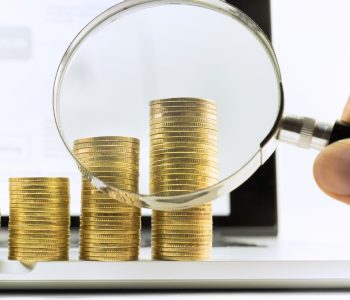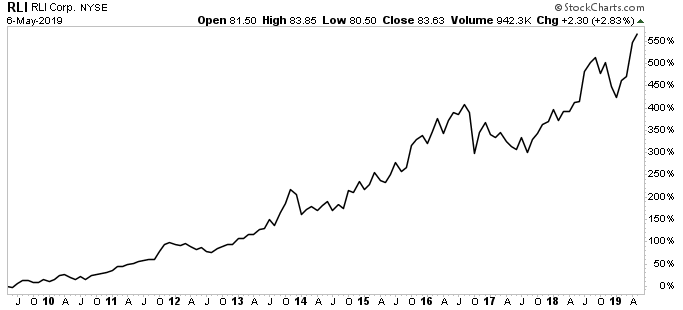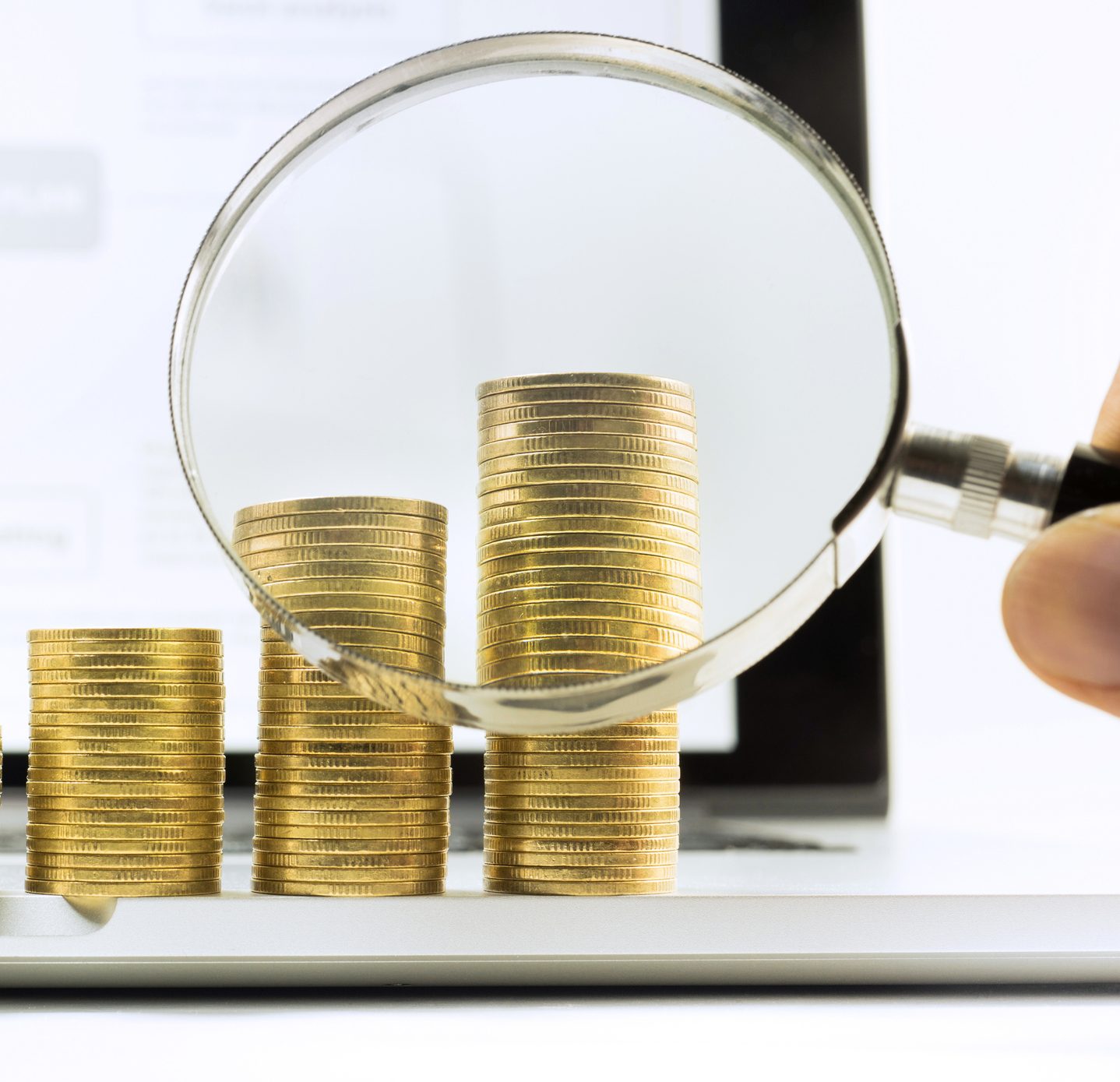Revealed: The Stock Market’s Hidden Source of High Yields

New York’s Hidden High-Yield Stocks Paying Up to 17%
We’ve all been there.
You have some money to put to work, so you check out some traditional investments. The yields, however, make your eyes roll.
Bank certificates of deposit pay next to nothing. Bond coupons come out to only two or three percent. Blue-chip stocks, if you can stomach the risk, yield just three to five percent.
Don’t expect things to get better anytime soon. With the economy slowing, many analysts now expect the Federal Reserve to begin cutting interest rates. The war on savers continues and your retirement income has become collateral damage.
Thankfully, there’s an answer. On Wall Street, one little-known group of stocks now offers huge, safe dividends. Yet most people, including many professionals, don’t even know these payments exist.
I call this group of stocks “New York’s Secret High Yielders.” This opportunity exists due to a glitch in the way web sites report financial information. And some of these names pay yields up to eight times more than what you see posted online.
How to Find Hidden High Yields
If you’ve invested in dividend stocks for any length of time, then you’re probably familiar with payment schedules. Some companies pay their investors on a monthly or quarterly basis. Others, in contrast, opt for annual or semi-annual distributions.
Simple payment schedules make it easy to estimate a stock’s yield. Brokerage and investment sites often take a company’s most recent distribution and multiply it by the payment frequency. Most of the time, that quick and dirty method provides the right answer.
Some companies, however, supplement their quarterly dividends with occasional special distributions. That creates a headache for financial web sites. In fact, they might miss these payments entirely.
As a result, popular pages like Google Finance and Yahoo! Finance often underestimate the real yield on these stocks. Sometimes you find these estimates off by a considerable margin.
For example, consider Costco Wholesale Corporation (NASDAQ:COST). At the time of this writing, Yahoo! Finance said Costco pays only 1.1%. I won’t complain, but a payout that low won’t get most yield hogs out of bed.
Here’s the thing: every few years, Costco announces a special dividend payment to shareholders. In 2017, for instance, the company paid a one-time distribution of $7.00 per share. In other words, investors collected more in one day than they would have collected in six years of ordinary dividends.
I love this strategy. By paying one-time dividends, Costco can conserve cash during a downturn. And at the same time, management can pay out even more cash during a boom.
Of course, no one can guarantee that Costco will pay another special dividend. The company, however, continues to pile up cash faster than management can spend it. And with billions of dollars sitting idle on its balance sheet, analysts expect another payment later this year.
How large could this distribution be? Big. If Costco were to match its previous payment, investors could collect a one-time nine-percent yield. But given how much the company has grown since 2017, the distribution could be even larger.
RLI Corp (NYSE:RLI) provides another good example.
The specialty insurer pays a quarterly dividend of $0.22 per share. So if you check Yahoo! Finance, the company’s distribution yield comes out to 1.1%.
But like Costco, RLI supplements its quarterly dividends with special payments. For instance, management paid $3.00 per share in 2014, $2.00 per share in 2015, $2.00 per share in 2016, and $1.75 per share in 2017.
The most recent payment, which was in 2018, came out to $1.00. If you include this distribution in your yield calculation, it more than doubles the posted rate you see on financial web sites. But because most investors never investigate further; they skip over this high-yield stock entirely.
And that can result in missed opportunities. As you can see in the chart below, RLI has shot the lights out over the past few years.

Chart courtesy of StockCharts.com
Since 2009, RLI shares have delivered a total return, including dividends, of 570%. That has crushed the gains from the broader S&P 500 over the same period.
More High-Yield Stocks Hiding in Plain Sight
These names don’t represent the only hidden high-yield stocks out there.
Dozens of companies pay out special distributions on an infrequent basis. As a result, many financial web sites don’t report these payouts properly.
I highlight many such companies in my paid Passive Monthly Income advisory. But by doing a little extra digging, you can often find these businesses yourself.
My advice: don’t rely on popular web sites like Google Finance and Yahoo! Finance. These media companies often don’t give you the full picture as to how much cash companies pay out. Be sure to do your homework before ruling out any stock.











